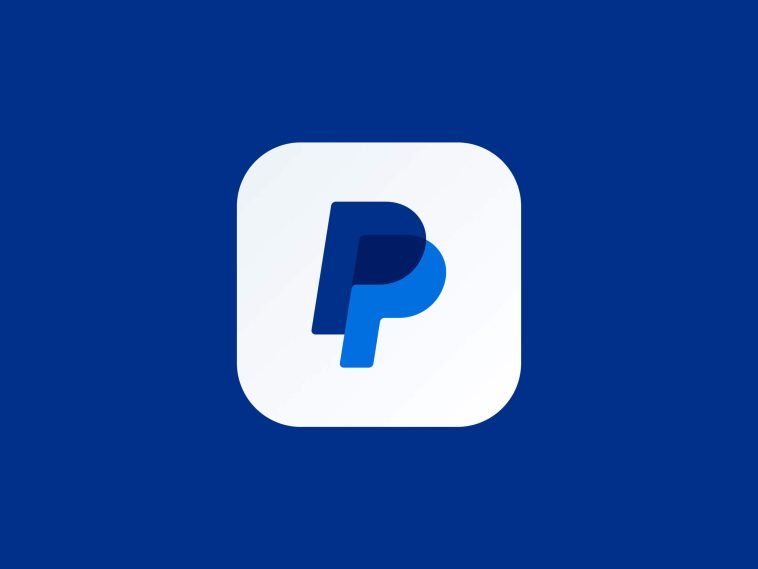Introduction.
Getting a PayPal account limited can be a frustrating experience. One day, everything’s running smoothly, and the next, you’re hit with restrictions that prevent you from accessing your own funds or sending money.
If you rely on PayPal for personal use or business transactions, these limitations can disrupt your plans, impact your cash flow, and, in severe cases, even damage your reputation with clients. So, understanding how to remove PayPal limitations can help you get back on track quickly.
In this guide, I’ll walk through why PayPal imposes limitations in the first place, how to resolve these issues effectively, and what you can do to avoid them in the future.
I’ll go over some common triggers, share tips for a smooth resolution process, and discuss the pros and cons of using PayPal as a payment platform.
Let’s dive in and tackle the PayPal limitation issue step-by-step.
Why Does PayPal Impose Account Limitations?
PayPal limits accounts to ensure the security of both buyers and sellers on its platform. By restricting certain activities, PayPal aims to prevent fraud, maintain regulatory compliance, and safeguard against suspicious activity.
Limitations often serve as a protective measure, but they can be quite an inconvenience for genuine users who inadvertently trigger them.
The main reasons for limitations usually include:
- Suspicious Activity: Unusual login locations, large amounts of transactions, or unverified links may cause PayPal to lock the account to prevent potential fraud.
- High-Risk Products or Services: Selling items that PayPal deems high-risk (like cryptocurrencies, certain digital services, or gambling services) can also trigger limitations.
- Policy Violations: Violating PayPal’s Acceptable Use Policy, whether knowingly or unknowingly, can lead to account restrictions.
- Unverified Account Information: Accounts with incomplete or unverified information are more likely to face limitations.
While these limitations can seem harsh, PayPal uses them to help prevent more severe issues, such as unauthorized access or account hacking. Now, let’s look at how you can remove a limitation if you find yourself dealing with one.
How Do I Remove the PayPal Limitation?
1. Log into Your Account and Check Your Resolution Center.
The Resolution Center is where PayPal outlines why your account has been limited and what information you need to provide.
Log in, head over to the Resolution Center, and see if there are any messages or requests for additional documents.
2. Provide Required Documentation.
Depending on the reason for the limitation, PayPal might ask for several documents, such as proof of ID (like a passport or driver’s license), proof of address, or even invoices from recent transactions. Providing these documents promptly can speed up the review process.
3. Follow Up with PayPal’s Customer Support.
Sometimes, limitations can take a while to resolve. If that happens, contacting customer support can help you understand where things stand and whether any additional information is needed.
Make sure to reach out via the contact options in your account, which include phone, email, and chat support.
4. Avoid Uploading Low-Quality Documents.
Make sure any photos or scans you upload are clear and readable. Poor-quality documents can delay the process and may even result in requests for resubmission, prolonging your wait.
5. Be Patient but Persistent.
Resolving limitations can sometimes take a few days, or even weeks in rare cases. While it’s natural to feel frustrated, maintaining patience and a friendly tone with customer service can sometimes help get things resolved faster.
Pros and Cons of Using PayPal
To give a clearer picture, let’s briefly go over some pros and cons of using PayPal, especially in light of the limitation issue.
Pros:
- Widespread Acceptance: PayPal is accepted globally, making it a convenient choice for personal and business transactions.
- Fast Payments: Payments are often processed instantly, making it ideal for quick transfers and purchases.
- Buyer Protection: PayPal provides excellent buyer protection, which is great for those who frequently shop online.
- Multiple Currencies Supported: PayPal makes it easy to handle international transactions, supporting multiple currencies.
Cons:
- Fees: PayPal’s fees can be high, especially for business accounts and international transactions.
- Account Limitations: As discussed, limitations can be a headache, often happening with little warning.
- Customer Support Delays: When issues arise, customer support can sometimes be slow, which is a downside if you need urgent assistance.
- Lack of Complete Control Over Funds: PayPal reserves the right to freeze or limit accounts if it detects suspicious activity, leaving users with less control over their funds.
Despite the occasional challenges, PayPal’s ease of use and wide acceptance make it a popular choice. For those who depend on it for business, understanding how to manage and resolve limitations becomes essential.
Frequently Asked Questions (FAQs)
Q: How long does it usually take for PayPal to resolve a limitation?
A: The time varies. In some cases, limitations are lifted within a few hours, while more complex cases can take a few days or even weeks. It depends on the nature of the limitation and how quickly you provide the requested documents.
Q: Can I prevent my account from being limited?
A: While there’s no surefire way to avoid limitations, some precautions can help. Make sure your account is fully verified, avoid sudden or suspicious activity, and ensure you comply with PayPal’s terms of service.
Q: Is there a way to speed up the limitation removal process?
A: Uploading clear, high-quality documents and responding promptly to PayPal’s requests can help. In some cases, reaching out to customer support directly may also speed things up.
Q: Will PayPal notify me before limiting my account?
A: Generally, no. PayPal usually applies limitations without prior notice, especially if it detects suspicious or high-risk activity. You’ll only be informed after the limitation has been applied.
Q: Can I still receive funds if my account is limited?
A: It depends on the type of limitation. Some limitations allow you to receive funds but restrict you from sending them or withdrawing them.
Others might freeze your entire account. Check the Resolution Center for specific details on your account’s limitations.
Conclusion
Getting a PayPal limitation can be frustrating, but it’s manageable with the right approach. By understanding why limitations happen, providing any required documentation promptly, and reaching out for support when needed, you can usually get the issue resolved.
Remember to take precautions to reduce the risk of future limitations, like keeping your account information up-to-date and avoiding suspicious activity.
So, if you’ve dealt with a PayPal limitation before, what steps did you take to resolve it, and what tips would you share with others facing the same issue?





GIPHY App Key not set. Please check settings